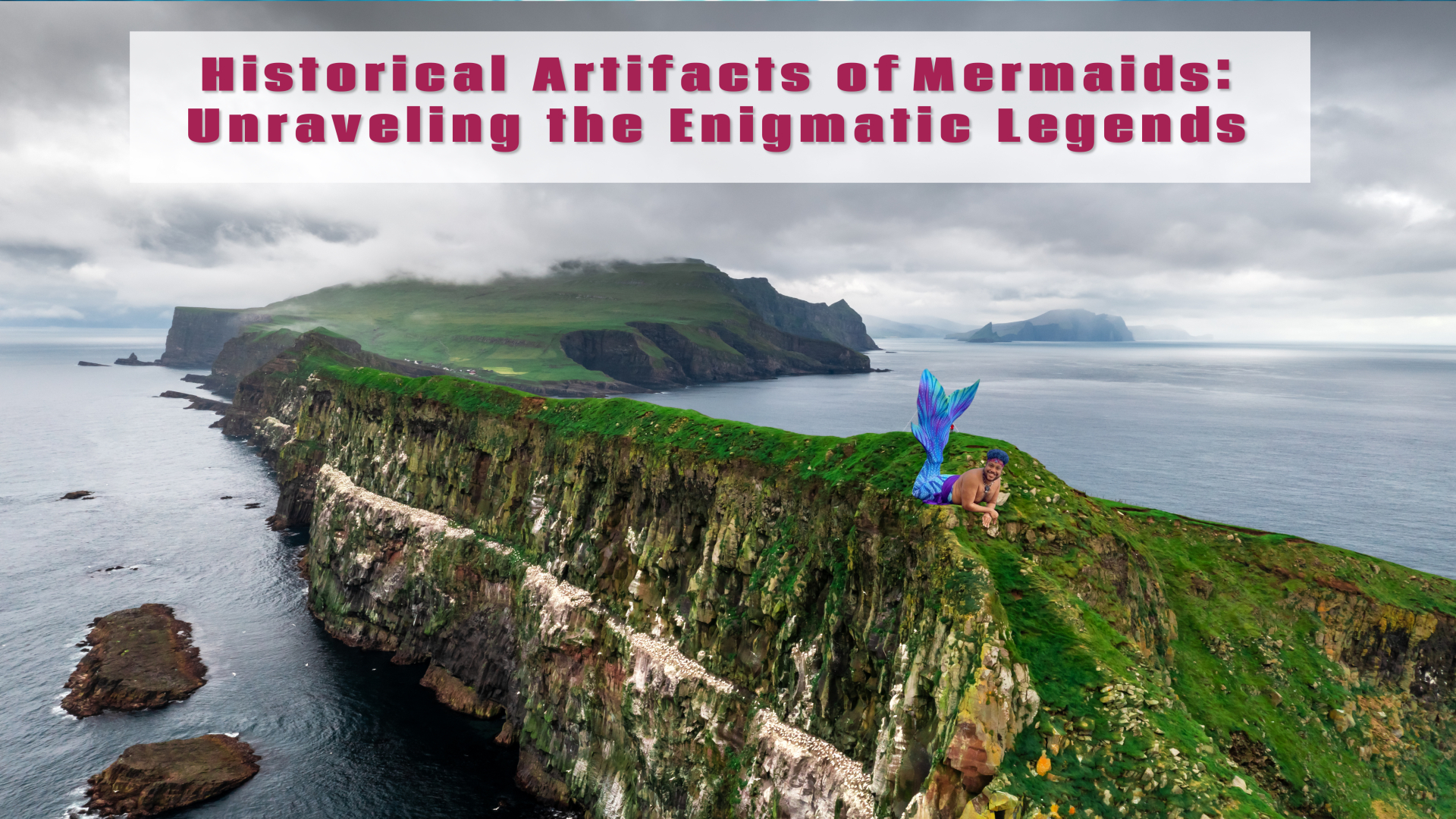Mermaids and mermen have captivated the human imagination for centuries, their enchanting tales weaving through folklore, art, and literature. While mermaids and mermen are often associated with mythical beings, it is intriguing to explore the historical artifacts and evidence that suggest the existence of these enigmatic creatures. Let’s embark on a journey through time and dive into the depths of history to uncover the traces left behind by mermaids.
1. Ancient Seafaring Artifacts
Throughout history, ancient civilizations had their encounters with the sea, and their artifacts provide fascinating insights into the existence of mermaids. Ancient maritime cultures such as the Phoenicians, Greeks, and Romans left behind numerous depictions of mermaid-like creatures on pottery, mosaics, and sculptures. These artifacts hint at the possibility that ancient seafarers encountered mysterious beings that inspired their artistic representations.
2. Siren Songs in Literature
Literature, too, offers glimpses into the existence of mermaids. Ancient Greek mythology speaks of the Sirens, enchanting creatures with the upper bodies of women and the lower bodies of birds or fish. Homer’s epic poem, the “Odyssey,” describes these seductive beings, whose mesmerizing songs lured sailors to their doom. While the depictions may differ, these tales echo the universal fascination with alluring half-human, half-marine creatures.
3. Cryptic Medieval Manuscripts
Medieval manuscripts hold many secrets, and some offer intriguing clues about mermaids. The “Bestiaries,” medieval books describing various animals and creatures, often included mermaids. These depictions, accompanied by detailed descriptions, hinted at the belief in their existence during that era. Whether perceived as mystical beings or a symbol of temptation, mermaids found their way into the collective imagination of medieval scholars.
4. Nautical Charts and Sailor Tales
Navigational charts and sailors’ logs also contain accounts of mermaid sightings. Early explorers and seafarers, including Christopher Columbus and Henry Hudson, reported encounters with mermaids during their voyages. Although these sightings are often attributed to manatees or dugongs, their inclusion in navigational records suggests that mermaids held a significant place in the minds of sailors as they ventured into the unknown depths of the seas.
5. Cultural Legends and Folklore
Across different cultures and regions, folklore and legends abound with stories of mermaids. From the seductive Rusalkas in Slavic mythology to the benevolent Ningyo of Japanese folklore, these mythical creatures have permeated the collective consciousness of civilizations worldwide. The consistency and pervasiveness of these legends suggest a shared belief in the existence of mermaids or at least the powerful allure they hold over the human imagination.
While these historical artifacts and accounts offer tantalizing hints, the true nature of mermaids remains shrouded in mystery. Are they purely mythical, figments of our creative imagination, or do they represent encounters with unknown aquatic beings? The answer eludes us, inviting us to ponder the possibility of a hidden realm beneath the waves.
So, as we explore the historical artifacts and delve into the tales of mermaids, let us embrace the allure of these enchanting creatures. Whether they exist in the physical realm or thrive solely in our imagination, the legend of the mermaid continues to captivate our hearts and remind us of the boundless wonders that lie beyond our comprehension.





